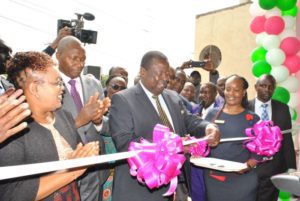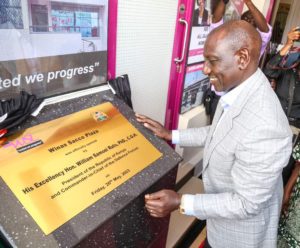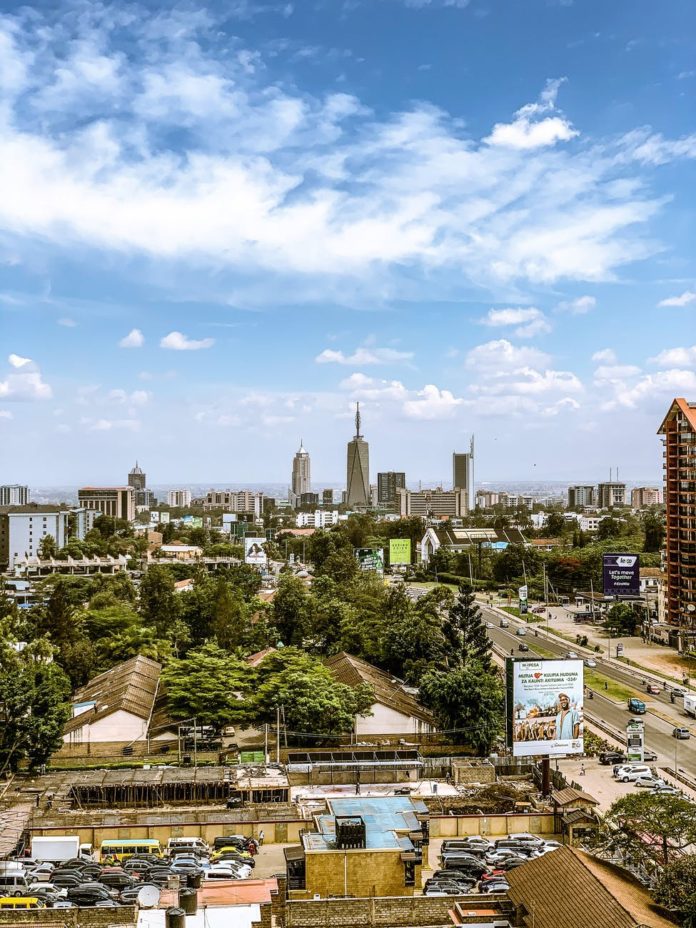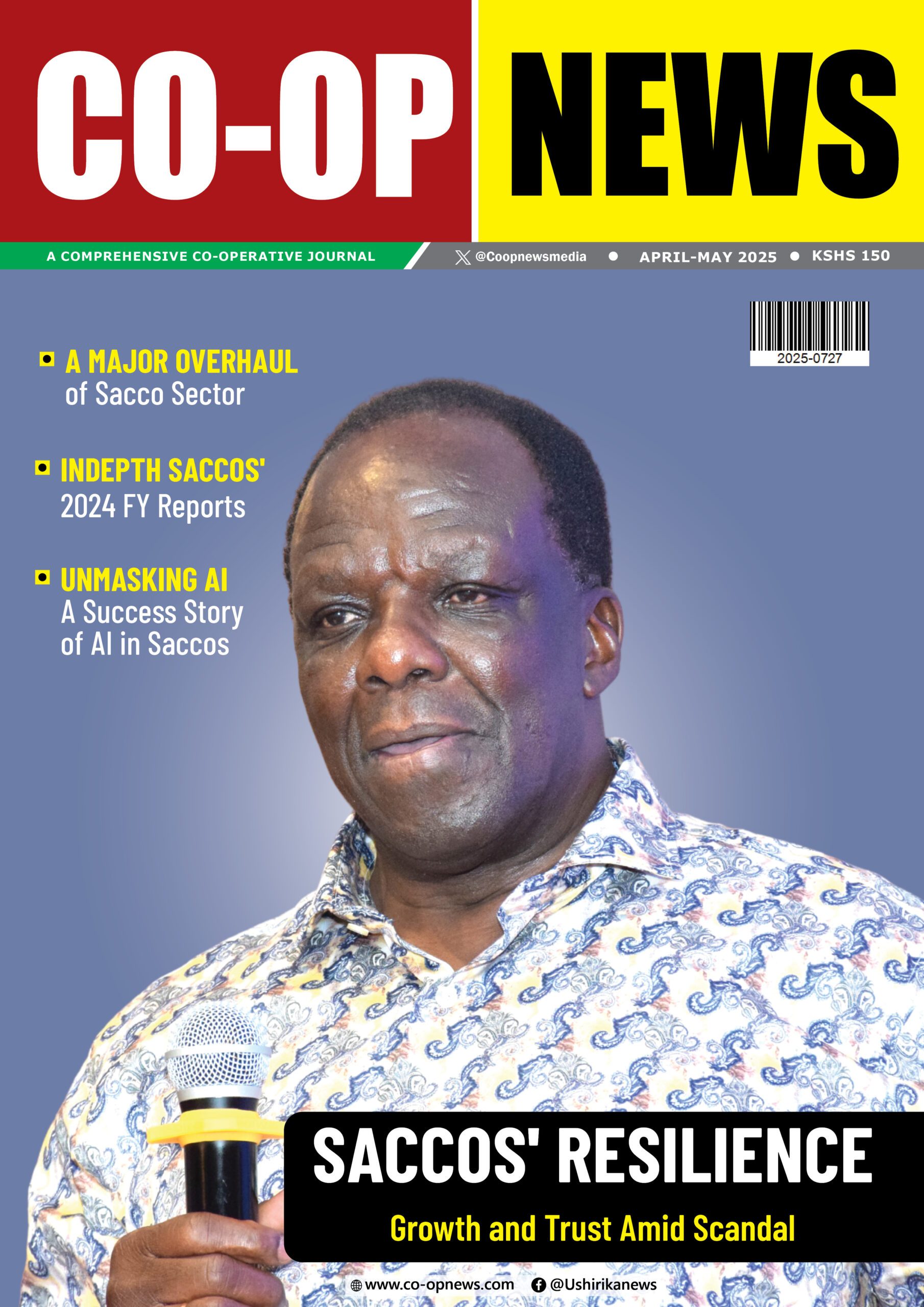Several Saccos are constructing towers or plazas in the major urban areas of Kenya to enhance their visibility and boost their brand.
Various Saccos are changing the landscape of many cities and towns in Kenya. Saccos are among institutions putting up magnificent buildings such as Mwalimu Sacco, Kenya National Police DT Sacco, Tower Sacco, Winas Sacco, among others.
Walk around many towns, and the best buildings you see are probably owned by a Co-operative (Sacco).
Vision Africa Sacco is investing Ksh120 million in a plaza signalling its financial stability and long-term commitment to its members. By expanding its office spaces, Saccos are seeking new ways to serve their members better and improve customer experience. These additional office spaces are also rented out to generate rental income and boost the Sacco’s balance sheet.
Winas Sacco, for instance, President William Ruto commissioned its modern plaza in Embu in May 2023, which hosts its operations and is also rented out to other businesses to generate revenue.
Similarly, Qwetu Sacco owns Qwetu Sacco Plaza in Voi town, which serves as its head office and offers ample space to improve service delivery and customer satisfaction.
Tower Sacco, whose plaza in Ol Kalou was launched by Chief Cabinet Secretary Musalia Mudavadi in June 2023. The Sacco, which is among the wealthiest in the country, owns one of the most modern buildings in Nyandarua County.
In Kerugoya town, Bingwa Sacco built the Bingwa Sacco Complex, which serves as the society’s office and generates substantial revenue from the remaining parts that are leased out.
Meanwhile, Ng’arisha Sacco’s plaza brought in Ksh3.4 million, contributing significantly to its balance sheet, with Ksh2 million still outstanding.
Imarika Sacco Plaza, located in Kilifi, is a clear indication of its vital role in improving financial inclusion in the coastal region. The Sacco’s head office is located in the plaza and will support the society’s financial inclusion efforts in the coastal area.
Gusii Mwalimu Sacco’s complex is situated in Kisii town and is a significant source of income for the society, contributing significantly to its balance sheet.
Kebo Plaza, owned by Imarisha Sacco, was launched by Retired President Uhuru Kenyatta six years ago and has become a symbol of excellence in Sacco management in the agriculture-rich region’s Central Business District.
SACCOs in Kenya have invested in buildings and plazas to provide their members with reliable sources of income even after retirement.
Nyati Sacco’s Buffalo Plaza will ensure members have a dependable source of income even after retiring. Sheria Sacco’s Ksh3.3 billion mixed-use tower at Upper Hill and Tembo Sacco’s Tembo Cooperative House in Nairobi’s Central Business District. These projects are significant sources of revenue for the SACCOs, and their members continue to enjoy returns from them.
Mwalimu National Towers, owned by Kenya’s largest SACCO, Mwalimu National, is an iconic building in Nairobi’s Upper Hill that symbolizes the society’s role in mobilizing resources. The Kenya Police Plaza, launched in 2017, serves as the Kenya National Police DT SACCO’s head office, while the IG Sacco Plaza in Kakamega and Kenya Highlands Sacco buildings at Kapsoit and Kericho are also notable plazas owned by SACCOs in Kenya. Other plazas include Wevarsity Sacco plaza, Egerton Univertsity Sacco plaza
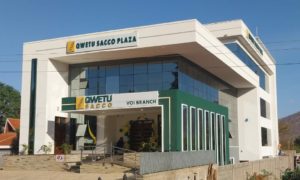

The Economic Power of Africa’s Cities
Millions of people with better jobs and improved access to services live in urban areas.
Over 5 000 new cities have emerged in Africa since 1990, empowering millions of people across all socio-economic groups.
Cities increase GDP
- Approximately 30% of Africa’s per capita gross domestic product (GDP) growth in the last 20 years has been due to urbanisation.
- Cities generate agglomeration economies that increase the productivity of urban firms and workers.
Cities drive development
- Wages, share of skilled jobs and hours worked are higher in cities than in rural areas.
- Urban dwellers spend more time in school than their rural counterparts.
- Urban dwellers and businesses benefit from more and better access to services and infrastructure.
Cities benefit rural areas
- Rural areas that are close to cities perform better than more remote areas.
- The development of small and mid-sized cities can benefit surrounding rural areas by bringing infrastructure and services such as markets, modern business services, and educational facilities closer. Source: Organization for Economic Cooperation and Development (OECD)
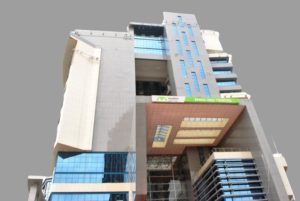

![]()
![]()
